Learn or die: how learning works and why we should never give it up
Learning is a complex process that helps our brain be more flexible and efficient. Let’s dive into the psychological and neurological aspects of learning.
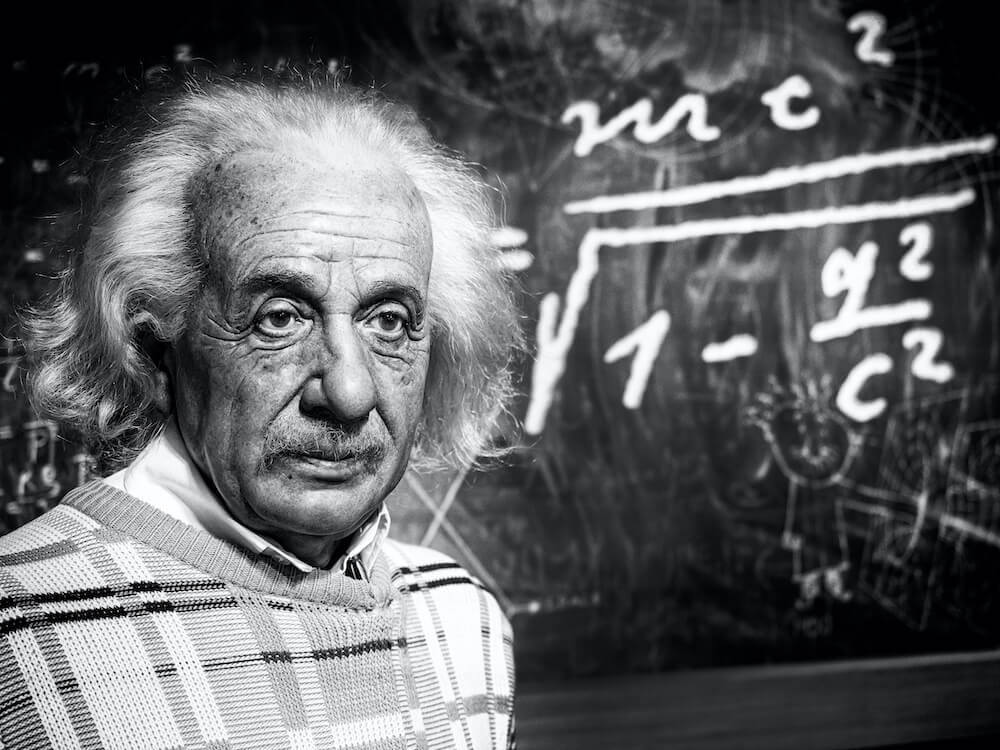
When was the last time we learned something?
The most straightforward answer is to look back at our school or college years. But the thing is, we learn something new every day.
Learning is not just acquiring academic knowledge through lections, seminars, lessons, or courses. Gaining new skills, improving, training the mind and body: all these are also learning. The book you are reading, a film, a Netflix show, an article, a trip, and even gossip are the ways of learning.
If we remember ourselves ten years ago and compare to us now, we realize how much we’ve learned. So many things happened: we grew up, our bodies changed physically, we were involved in various life situations—maybe studied a new language, changed a workplace, moved somewhere else.
One thing about the brain is that it has neuroplasticity: it can grow and reorganize itself by developing neural networks (connections between tiny neural cells). You can easily imagine these networks as millions of paths. So, when you learn a new thing, a new path is created.
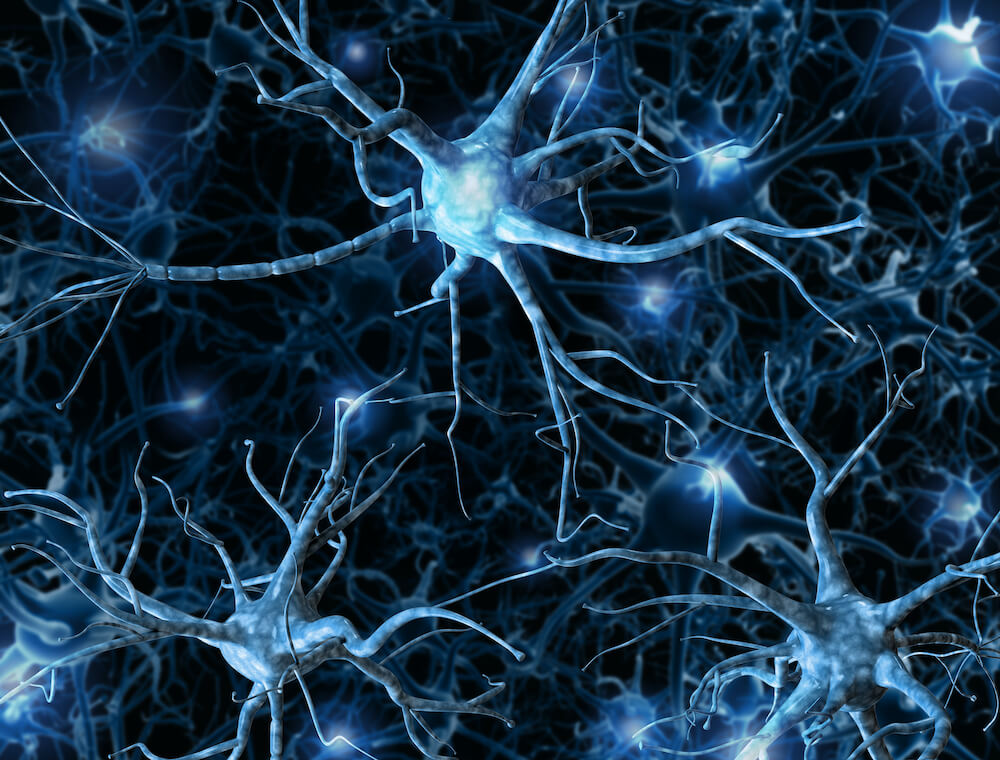
Learning widens the neural networks and allows us to change and improve.
In this topic, we will dive into the psychological and neurological aspects of learning and finally reveal the secret: why lifelong learning is a great thing.
What is learning?
Learning is the process of acquiring new knowledge, behaviors, skills, attitudes, values, judgments, and preferences.
At times, learning is immediate and occurs within a single situation (like when you burn your tongue for the first time you drink hot tea). Mostly, however, learning requires a sequence of repeated actions and experiences to accumulate the skill or knowledge. For example, babies learn to talk by constantly repeating the sounds they hear.
The ability to learn is not unique to humans. Animals, some machines, and even certain plants can learn too.
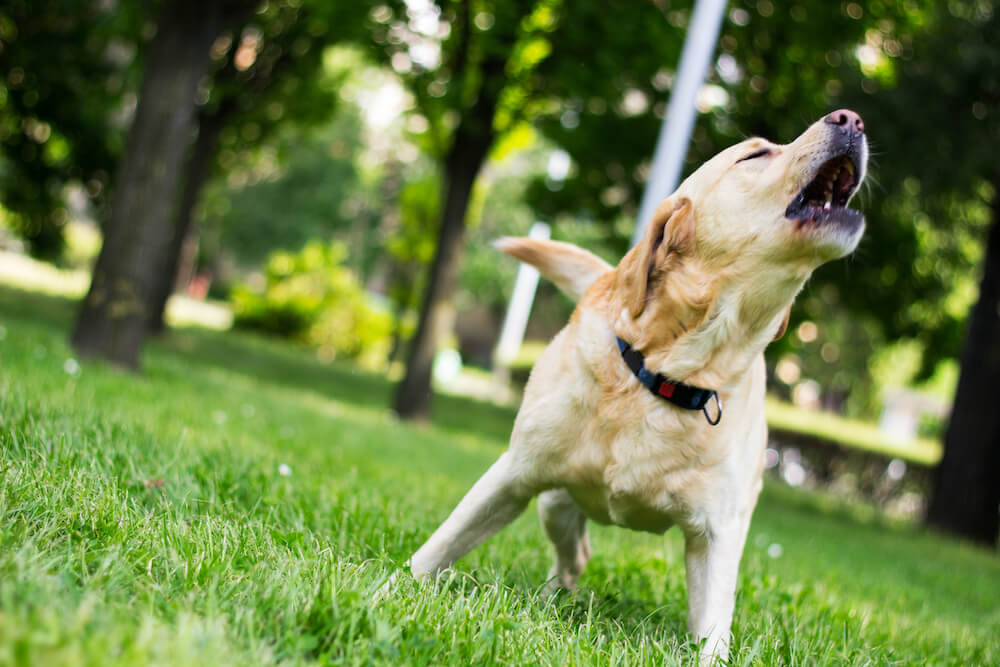
Animals can learn through training. Animal behaviors usually come from basic instincts: for example, find food and water, avoid dangers, reproduce, interact in social groups, etc. But they can change and adapt to the environment. Unlike instincts and reflexes, an animal gains learned behavior through experience. Barking, for example, is a dog’s natural first response to danger, but the creature can learn to bark in response to another stimulus: such as its owner’s command or gesture.
The human brain is a complex system that constantly produces new neural links. The unique ability that allows us to learn at any age is called neuroplasticity.
Traditionally, neuroscience perceives the brain as a machine with many details and parts with highly specific functions. In the past, scientists believed that neuroplasticity only kicks in during early development in childhood, but recent research disproves it. The brain is changing, and some mechanisms enhance the ability to form new neural connections. Thus, we can learn successfully throughout our lives.
For example, neuroplasticity means that neurons (nerve cells) can reorganize, change functions, form new links and connections to cover up for brain damage and traumas. Thus, patients who had a stroke can re-learn to use a limb or speak. Our brain uses a powerful tool—the neural network—constantly seeking new ways to improve our life.
There is a complex of parts in the brain called the basal ganglia. They produce acetylcholine—a chemical that helps neurons to create new paths.
Acetylcholine plays an essential role in learning and memory. New skills and information form new pathways and then become intuitive knowledge. When you understand how to ride a bike, you will do it effortlessly without paying attention to the process.
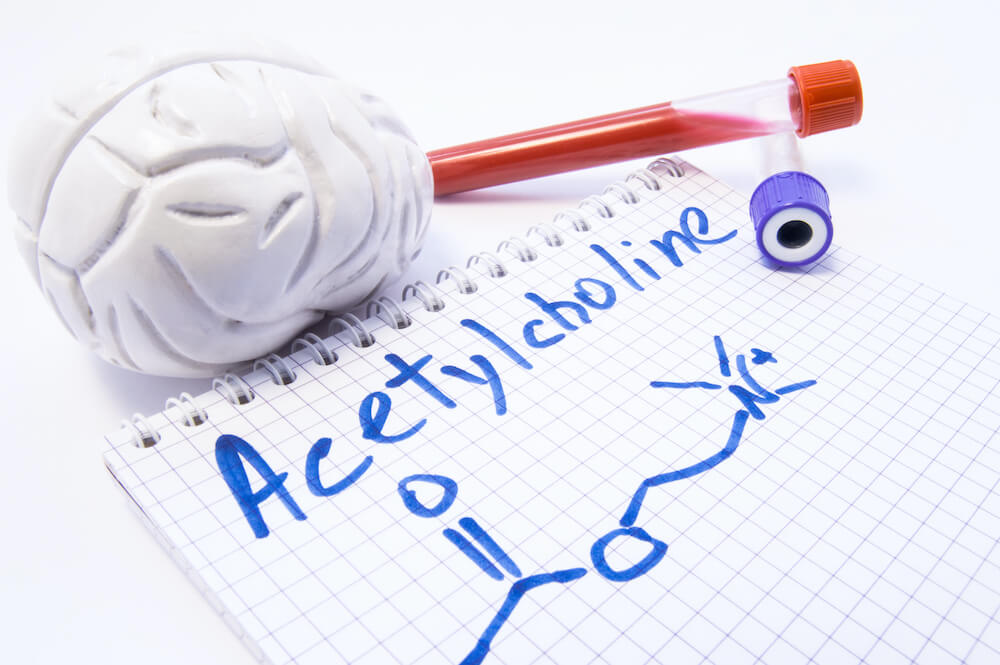
The catch is here: once we stop forming new neural paths, the basal ganglia produce less and less acetylcholine. With that, our memory suffers. Learning new things, on the contrary, keeps us sane, adaptive, and open-minded.
Why are some people better at learning than others? Several factors influence learning abilities:
- Genetics: our ability to focus, the predisposition to certain skills and activities (like music or singing), the organization of the nervous system, etc. are coded in our DNA.
- Learning environment: to learn, we need a comfortable, engaging, and supportive atmosphere.
- Motivation: efficient learning comes to those who really need it. Things like the learner’s interest, attitude, and emotional condition all play a part.
- The learning content: last but not least, it matters what you learn. Even within one field of study, materials can vastly vary by quality and accessibility.
And of course, there are many more factors, some of which are very individual. It’s impossible to discern the more important ones.
Stimulus and reinforcement: how to encourage to learn
Ivan Pavlov was a Russian doctor and physiologist who studied the digestive system (he won a Nobel prize for this). But he became, probably, more famous for the other thing he discovered when observing dogs’ stomachs and their reaction to food.
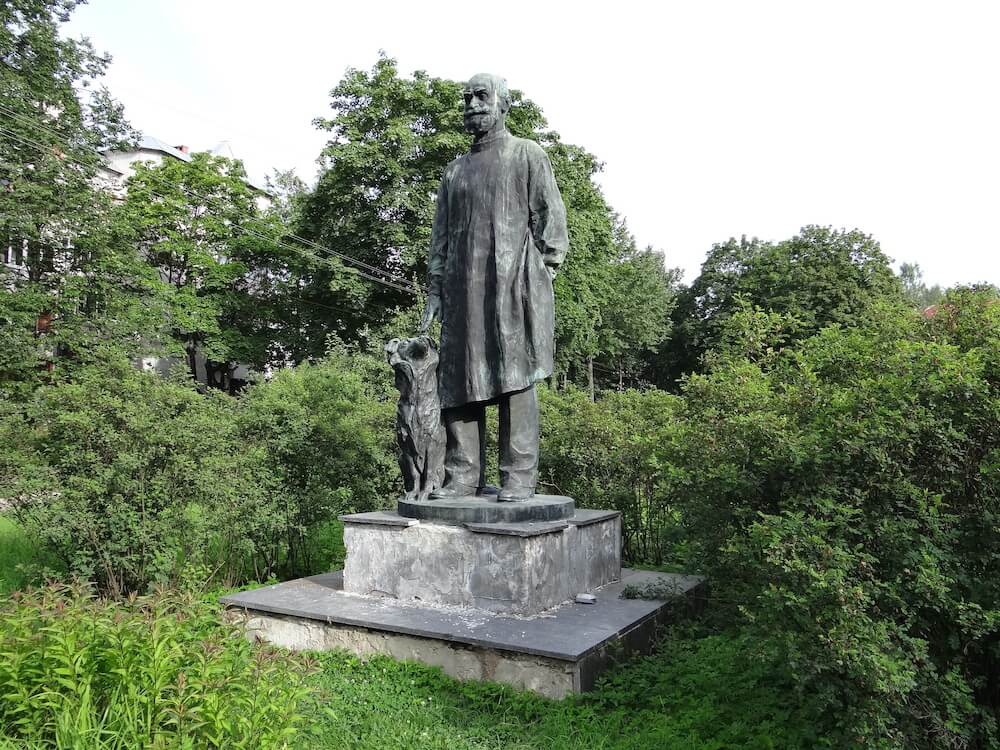
Pavlov noticed that even a subtle food smell makes dogs salivate. He suggested that this reaction was a form of learning. Thus the doctor started a series of experiments, showing food simultaneously with another neural stimulus: for example, turning the light on or ringing a bell. Soon he noticed that dogs started drooling when exposed to those stimuli, even without food—that is, they became conditioned. He called this process associative learning—when a learner’s mind makes connections between certain events, behaviors, or stimuli. Conditioning is the most basic form of learning.
A dog smells the food (that’s an unconditioned stimulus) and then salivates (that’s a natural response). The ringing bell is a neutral stimulus: it means nothing to the dog and thus does not merit any response yet. The bell (the neutral stimulus) is paired with the food during the conditioning: the dog drools over both. If you repeat the process often enough, the god’s mind associates the two stimuli. Now the dog will salivate, reacting to the bell only.
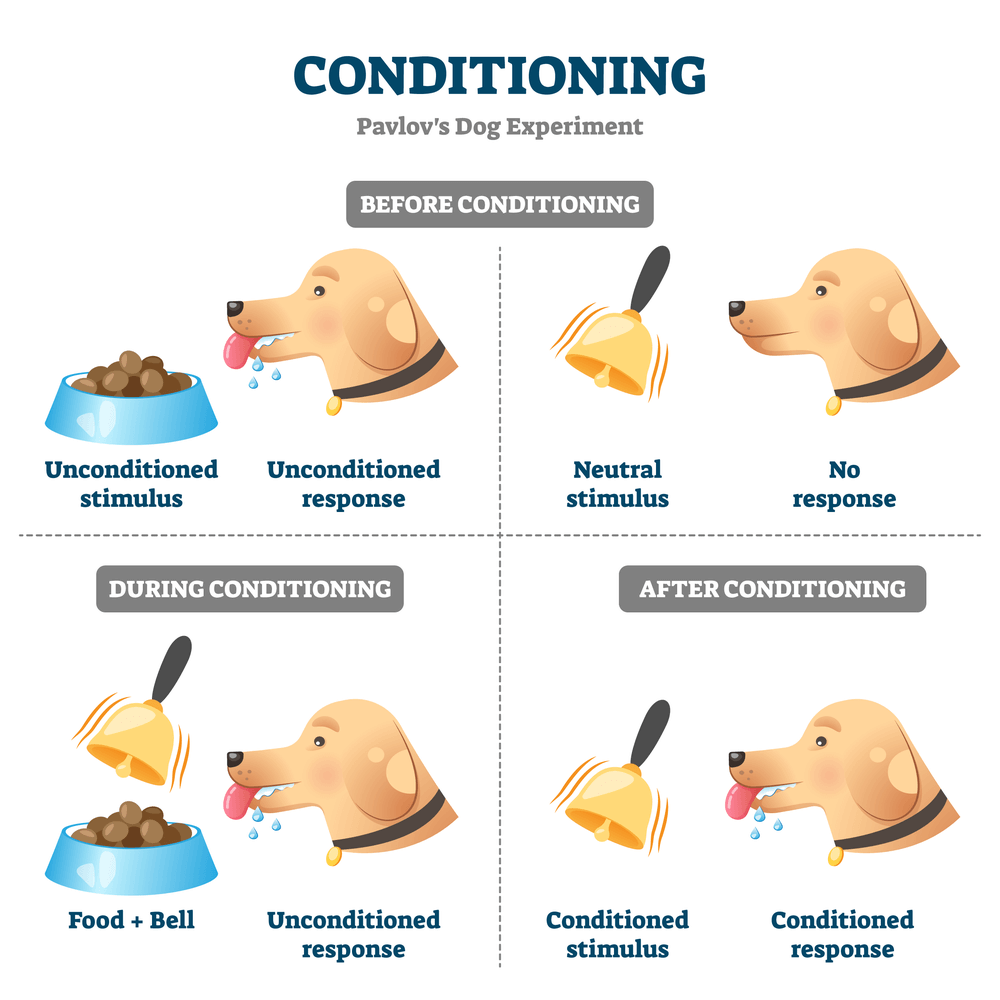
But what about humans? Conditioning can help us keep concentration and maintain learning routines and rituals.
If you have problems switching to the “studying mode,” try to pair it with certain stimuli. It can be simple: sitting at a desk, spraying aromatic oils (lemon and bergamot smells can also stimulate brain activity), or even chewing gum. The more you perceive the chosen stimulus, the more focused you will become, shifting yourself in a perfect mood to acquire new information.
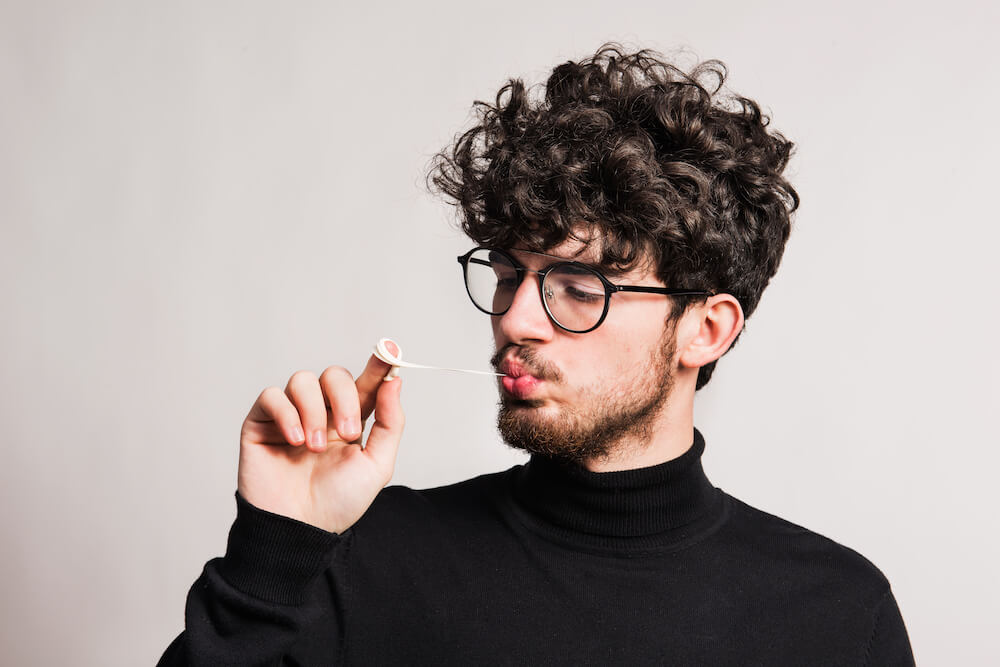
John B. Watson was a psychologist of the early 20th century who strictly adhered to the ideas of behaviorism. In 1920 he published the results of a terrible conditioning experiment he conducted on a nine-month-old child. He conditioned a boy named Little Albert to fear white rats. On the first session, the boy showed no signs of fear and even played with a laboratory rat presented to him. The next time Watson and his assistant made a loud noise, knocking the metal rail with a hammer, each time the boy touched the rat. Soon the boy was deathly scared of rats and other white furry objects like rabbits, dogs, and even white fur coats. Fortunately, scientific and ethical standards would not permit such an experiment today.
There is another form of associative learning: operant conditioning. The tendency for a behavior increases when followed by a reward and decreases when followed by a punishment. In a nutshell, it works by associating the behavior with the consequences.
Psychologist B.F studied operant conditioning, observing animal behaviors. He experimented with the Skinner Box—a container with a special button inside. A rat has to touch the button to get a rewarding snack.
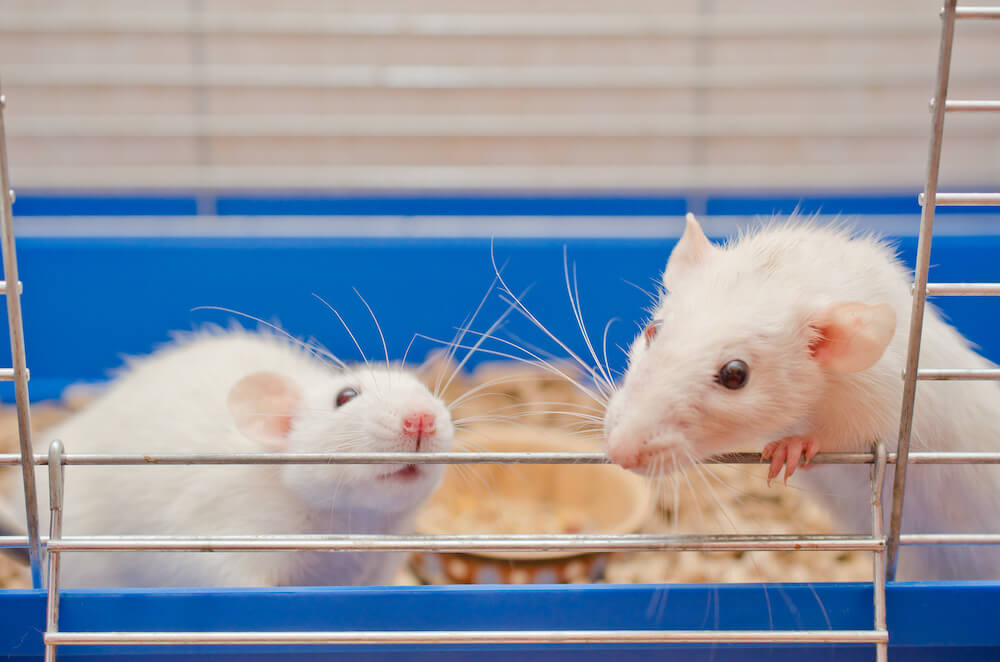
Thus, Skinner introduced the concept of positive reinforcement. He suggested that Aastimulus, presented after a response, strengthens the response. At first, the rats didn’t know they could get food. To give a hint, Skinner gave the rats tiny pieces of food when they got close to the button—he called this process shaping.
Operant conditioning happens to us constantly in the process of learning. For example, when we learn how to drive a car, the instructor gradually shapes our attention, movements, and skills. Then, if we are doing good, we get a “well done” or another form of reinforcement. The exact process happens when you unlock new levels in video games, get higher school scores, or buy yourself a delicious cake after a difficult exam or an important presentation at work. Positive reinforcement is quite effective.
However, negative reinforcement also works. It is a stimulus that strengthens the behavior when removed after response. For example, a car beeps a warning if you don’t fasten the seat belt, your friend remains angry unless you apologize, etc.

Still, our cognitive skills are connected not only with internal processes (emotions, feelings, and thoughts)—but also with external influences: society and environment.
The social context of learning process
Psychologist Albert Bandura began research on aggression in 1961. In his experiment, preschool children watched adults beat down and verbally abuse a big inflatable clown doll. After the doll, his study became known as the Bobo Doll experiment.
After watching the adults’ violent behavior towards the doll, a child stayed in a room full of toys. After a while, the researchers took away the toys, directing the child’s attention to the big Bobo doll. Bandura noticed that the kids who observed the adults’ aggression towards the toy clown were likely to mimic this behavior: they kicked, punched, and beat it. The kids from two other groups, who had seen friendly or neutral attitudes, more often played with the doll peacefully or simply ignored it.
The results may seem obvious today, but back in the 1960s, they updated the notion that learning was related to conditioning, rewards, and reinforcements only.
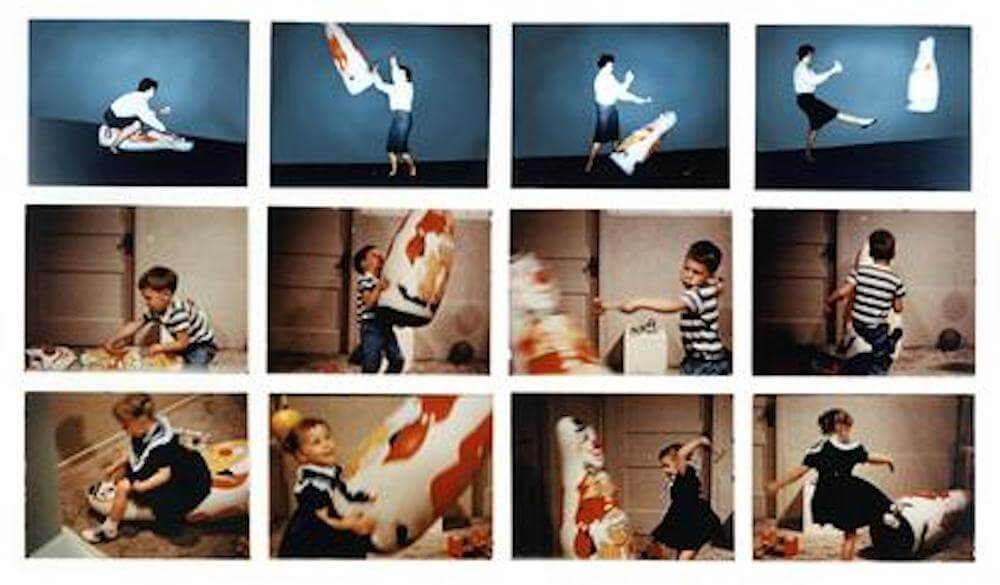
People learn through observation and imitation of someone’s behavior. Biological factors limit conditioning and associative learning, and there are things that we learn in different ways.
There are natural predispositions to certain behaviors and reflexes that influence the process of learning. Moreover, associations work differently across the animal world: species can be sight-oriented (like birds), sound-oriented (like dolphins), or taste-oriented (like humans).
In the case of humans, it gets more complicated because things we learn also form our attitudes. Therefore, cognition (thoughts, perspectives, and expectations) is as important as the social context.

Remember a simple stimulus you introduced to help yourself slide into the “studying mode”? If classical conditioning worked perfectly, we would focus as soon as we smell the chewing gum. But other thoughts can get in the way of this association; or, on the contrary, we can become even more motivated after a friend gave us a speech about the importance of lifelong learning. Sometimes, social context can be more potent than conditioning.
Motivation, interest, a friend to study with, the understanding of how learning and memory are connected—these are the things to reinforce the desired behavior.
We also can learn unintentionally. For example, in a new place you can ask around for directions. The brain creates cognitive maps, mental representations of a place (or other things), without our intention and effort. It also happens when you begin to understand certain patterns and logic when studying something new.
Observational learning is the thing that explains how we can learn from other’s mistakes. There’s a saying, “fake it till you make it”: it’s about the modeling process that helps us pick up activity. For instance, watching other people surf would make it easier to surf for yourself because you would see and copy the right posture, sequence of actions, and the result.

Observational learning is possible due to the mirror neurons—nerve cells that turn on when we observe other people.
Mirror neurons are the puzzle still being studied. They were first discovered only in the 1990s: a group of neuroscientists studied the behavior of macaque monkeys. The research on mirror neurons in humans was published only in 2010. So, scientists need more time to explore them fully.
But here is what we know for now from brain scans. When a person observes someone else (especially someone closely related) receiving a reward, a reward system turns on in their own brain. Have you had a situation when someone you know won a competition, and you felt as if you did it yourself?
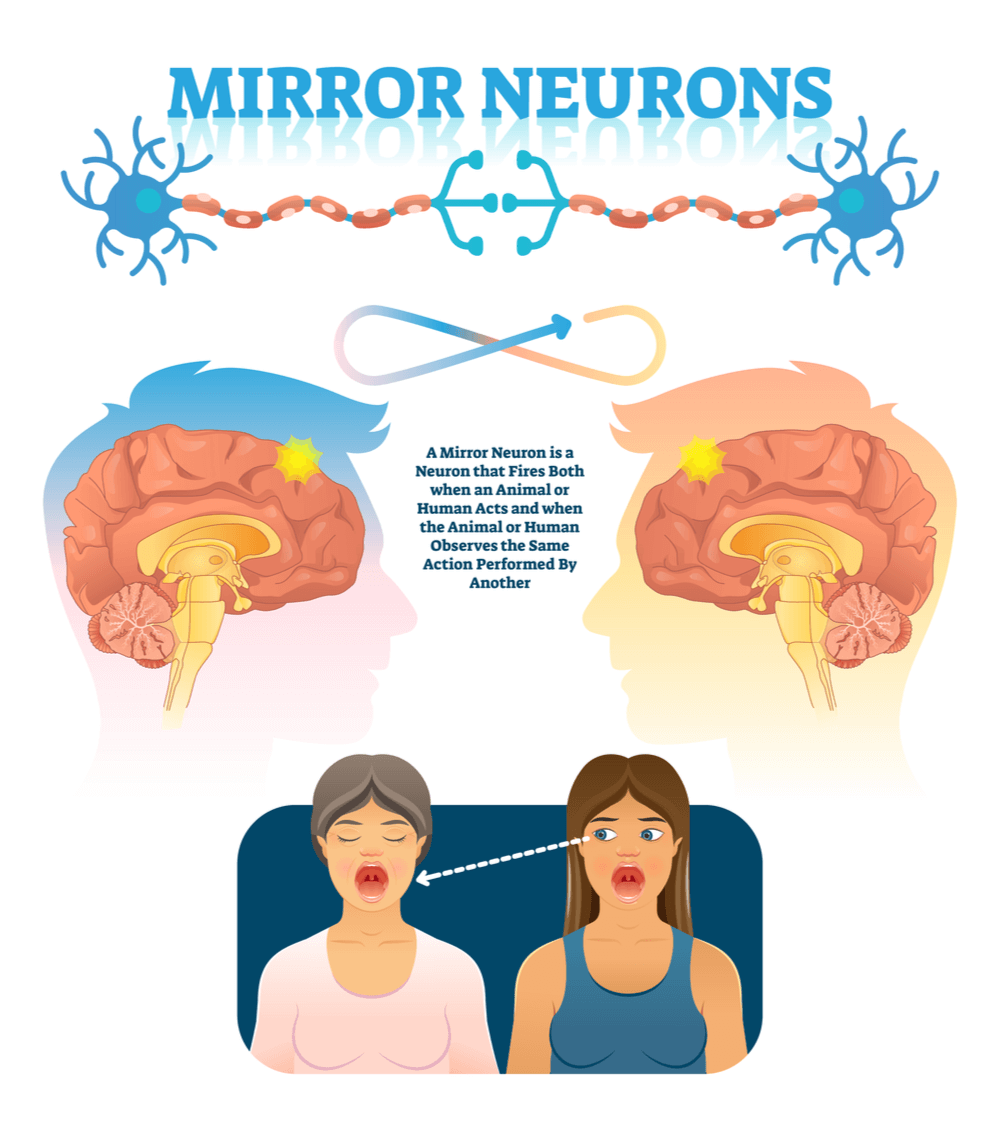
Mirror neurons can be crucial to research autism and the inability to understand and/or differentiate emotions. In addition, they play an important part in the process we call empathy.
Although scientists are still making baby steps regarding mirror neurons, we can definitely say that there is a connection between observation, imitation, and learning. Social context matters, and we can use it to our advantage: by surrounding ourselves with supportive, loving, and caring people.
Why bother with lifelong learning?
The notion of lifelong learning was conceived in 1993 to emphasize that learning should not associate with childhood and school classrooms only. Instead, we can experience learning at any age and in any life situation. We have already discussed how the learning process happens in everyday life.
In the modern world, learning does not require a specific time and environment or a particular place to apply the knowledge. We can learn through interaction with others and with the world around us. Any new information, experience, behavior, or emotion activates our neurons and pushes them to create new neural networks.
Lifelong learning focuses on adults; it’s a process of learning in different contexts. It encourages people to learn how to learn, select content, and follow the natural learning interest. It is all about creating yourself a personal learning route with the most convenient methods and opportunities.
The Gestalt theory sees learning as a process of creating links between old and new. According to the UNESCO Institute of Lifelong Learning, it is an ongoing, voluntary, and self-motivated pursuit of knowledge for either personal or professional reasons.
Lifelong learning may include many different forms of learning like
- formal learning—school, university, etc
- non-formal learning—workshops, games
- professional learning—courses, programs that give you an extra qualification
The average life expectancy in the world has increased from 45 in the 1950s to 70 years nowadays. However, educational opportunities are still not widely distributed through the life cycle. People learn the most in schools during childhood and young adolescence—but we can study at any age.
Lifelong learning gives a second chance to everybody who needs it and offers an opportunity for those who want to keep up with the fast and changing world.
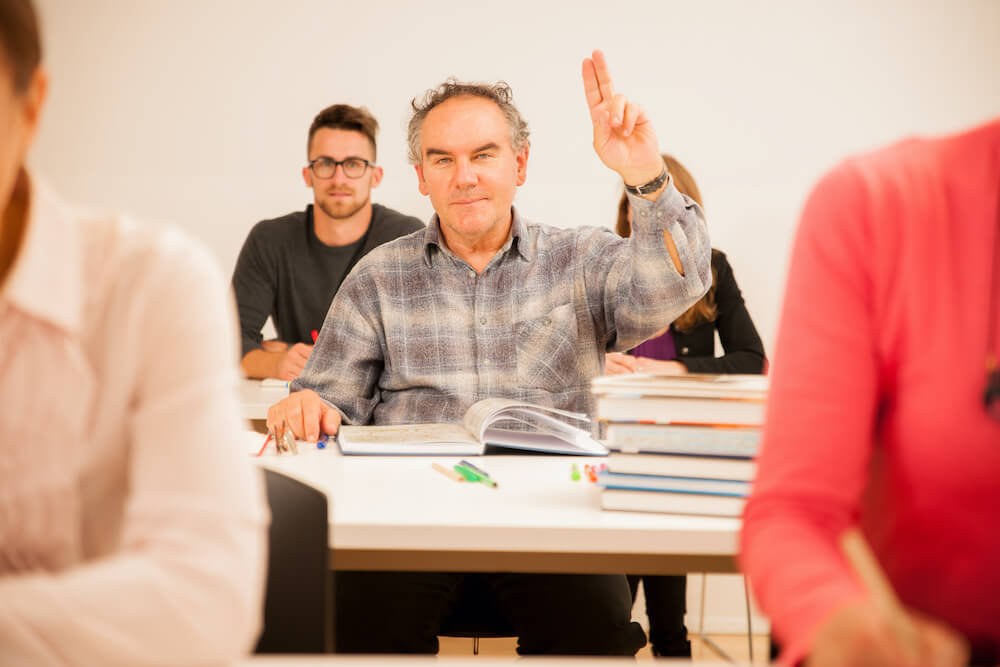
Humans are natural learners. We are curious and we benefit from constant development. Learning makes us better persons. There are many benefits of constant and intentional learning.
Knowing what inspires you and sparkles curiosity is a great way to find happiness. Following our passions, we get motivation and energy. As an added benefit, we improve our social and professional skills and grow more confident. Training the brain keeps it sane and in good shape.
To join the lifelong learning lifestyle, we recommend you to follow these steps:
- Listen to yourself. Lifelong learning is a concept of following your learning interests. What drives you? What are the topics that you want to explore deeper?
- Set your goals. Defining the purpose can help you understand how deep you are ready to go. You can choose to get a basic understanding of something or obtain a degree—deciding what you need beforehand saves your time.
- Choose resources. Everybody has a unique learning style. Fortunately, there is plenty of content but make sure you have verified and scientifically proven information. Also, pay attention to the resources that are always handy in any situation.

Conclusion
Learning is a process tightly connected with our development and growth. Neuroplasticity is a natural brain’s feature that helps us get new skills and information at any age—it is the ability to change, reorganize, and create neural networks.
There are so many forms and theories about learning. The behavioristic approach thinks of learning as the process of conditioning and creating associations. Social factor also plays a part and increases its effectiveness. Even if we are just relaxing, the brain never stops thinking and creating unintentional mental maps and concepts.
Albert Einstein once said: “Once you stop learning, you start dying.” So, we wish you to learn as long as possible!
Nerdish is happy to show you the benefits of lifelong learning and aid you in exploring its possibility. We admire your natural drive to explore, learn, grow, and improve yourself.
